The Importance of the Ozone Layer
It has been well established that the ozone layer surrounding our planet helps protect our health and natural resources, and controlling and reversing its depletion continues to be a major focus for scientists researching changes to our environment.
The trend toward “greener” energy sources, transportation, and home comfort products are just some of the offshoots of this growing area of knowledge. In this blog post, our team at Save Home Heat would like to provide some background on this important component of the atmosphere surrounding the Earth.
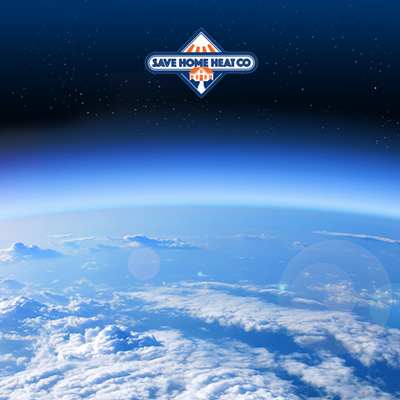
What Is the Ozone Layer?
Ozone is a special form of oxygen known as O3, as opposed to the O2 that is commonly associated with the air we breathe. While present in lower levels in lower areas of the Earth’s atmosphere, what is referred to as “the ozone layer” is located much higher up in the zone that’s known as the stratosphere. Naturally occurring, and relatively small in volume when compared with our entire atmosphere, this important component of our planet’s surrounding blanket is comprised of billions of ozone molecules that are constantly being formed and destroyed. Throughout the year, ozone levels ebb and flow, depending on a variety of factors such as seasonal changes and sunspot activity. Ok, so what’s the big deal?
Why Does the Ozone Layer Matter?
The reason why we keep hearing that the ozone layer plays such an important role in our health – and why its health is of such great concern – is that these molecules absorb, or filter out, a potentially harmful portion of the ultraviolet (UV) rays that reach our planet from the sun. Specifically, the ozone layer helps mitigate the effects of UVB and UVA rays, both of which have been linked to forms of skin cancer, vision issues such as cataracts, and other potentially serious conditions.
UVB and/or UVA ultraviolet rays have been linked to:
- Melanoma skin cancer
- Aggravated lung conditions
- Genetic and immune system damage
- Plant physiology and development aberrations
- Decrease in phytoplankton, which are the foundation of the aquatic food webs
- Damage in early development to fish, shrimp, crab, amphibians, and marine mammals
- Increased breakdown of synthetic polymers and other industrial materials, contributing to pollution

State-of-the-art research spearheaded by the Environmental Protection Agency (EPA) indicates that depletion of the ozone layer is now outside of normal and predictable cycles. The EPA has concluded that if changes to this important atmospheric safeguard for our health continues down the current destructive path, it will have a global impact on the Earth’s agricultural system, and our food chain as a whole. The EPA’s position is very clear: Protecting the ozone layer, preventing further damage to it, and helping to restore its earlier state, is essential to our health and the foundations and future of our society.
What Is Causing Damage to the Ozone Layer?
The ozone layer is becoming compromised, or depleted, as a result of the presence of a variety of man-made chemicals in the atmosphere, chief among them being forms of the elements chlorine and bromine. The sources of these chemicals are numerous, including refrigerants used in refrigerators, freezers, AC units, and commercial chiller systems, propellants for aerosols, firefighting agents, cleaning solvents, plastic foam manufacturing, and a range of other industrial, commercial, and residential products and applications.
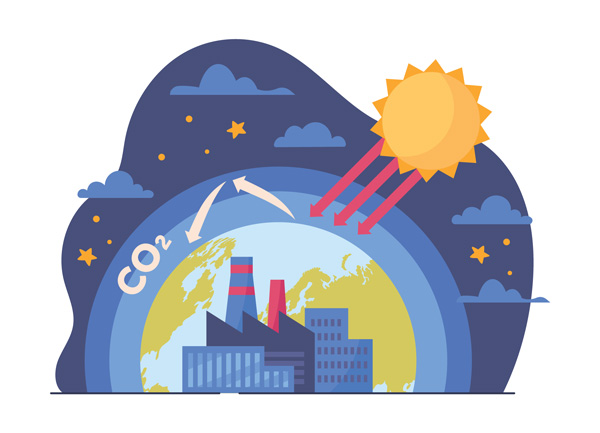
The Clean Air Act and the Montreal Protocol
The international treaty named The Montreal Protocol on Substances that Deplete the Ozone Layer was originally placed in force in 1989, and has undergone a series of revisions and amendments in ensuing years. The treaty’s goal is to limit the consumption and production of many substances that contribute to ozone depletion, with the goal of gradually eliminating them altogether.
Reflecting the Montreal Protocol, in 1990 the U.S. Congress made important changes to the Clean Air Act (CAA), which first appeared on the scene as the Air Pollution Control Act of 1955 before undergoing a series of revisions thru 1977. In 1990, the Clean Air Act was further expanded, including the establishment of a program to phase out the use of chemicals that deplete the ozone layer. In our line of work, the once very common refrigerant R-22 has since been phased out. In addition, the requirements that govern how our technicians and installers at Save Home Heat Company work on air conditioners and heat pumps, and the tools and equipment they use, stem from these updates to the CAA.
Home Comfort Systems, Air Pollution, and Helping Out the Ozone Layer
Times sure have changed in the home comfort business in the 40+ years we’ve been serving Boulder-Denver homeowners. In home heating, for instance, the focus now is moving steadily toward “green” appliances, i.e. ones that do not burn fossil fuels such as natural gas, propane, or fuel oil for heating – along with an emphasis on very high efficiency ratings for those products that still do. Electric heating systems such as infrared radiant heaters and ductless and central heat pumps, and even heat pump water heaters, are now getting a lot of attention. The goal of these industry changes, and the updated building codes accompanying them, is to reduce the use of products that emit pollutants that contribute to poor air quality and to the “greenhouse gases” that are part of the global warming issue.
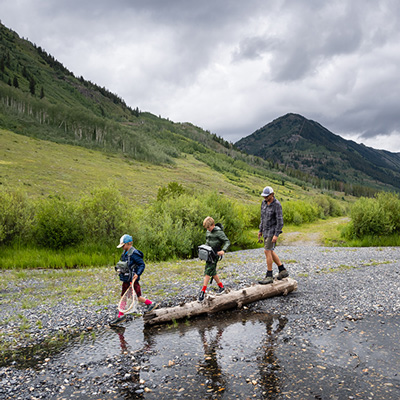
Helping to connect the dots on the regional utility scale is the shift we’re seeing away from burning fossil fuels toward using renewable energy sources such as wind and solar in producing electricity for the grid. In the Denver-Boulder area, Xcel Energy, a national leader in the movement, recently revised their zero-carbon-emissions plan, pushing up their proposed time schedule.
With regard to helping protect the ozone layer, the refrigerant gases now used in the central and ductless air conditioners and heat pump products we install (all electric-powered) are much less reactive and harmful than substances such as R-12 (CFC-12), R-22, and others that were commonplace in residential, commercial, and industrial applications (including automotive) not long ago. The changes are still ongoing. In addition, new units with significantly higher electrical efficiency ratings than even five years ago are now garnering a growing market share. So if you’ve got an old AC system running off R-22, it might be time to start planning for an upgrade. And of course, make sure that the HVAC contractor you work with is following all the established rules for handling refrigerants. It’s the law. In the Denver-Boulder area, you can trust that our team at Save Home Heat is crossing all our t’s and dotting all our i’s!
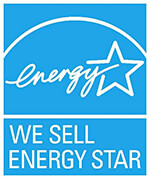
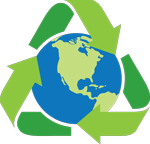
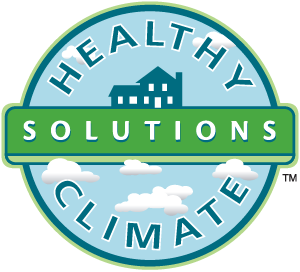
Ozone-Friendly, Efficient Cooling & Heating for Your Home
Save Home Heat Company carries a broad range of home comfort products that can help you reduce your carbon footprint and improve your home’s energy efficiency. In the Denver-Boulder metro area, please reach out to our team for more information or if you’d to arrange a visit to see what we recommend for your home. Our process is always low pressure and highly informative, with the goal of helping you to make purchasing decisions that you’ll feel good about now and for many years to come.
Please contact me to schedule an AC service call or a free install quote!
Tags: Cooling, Green Living, Heating



